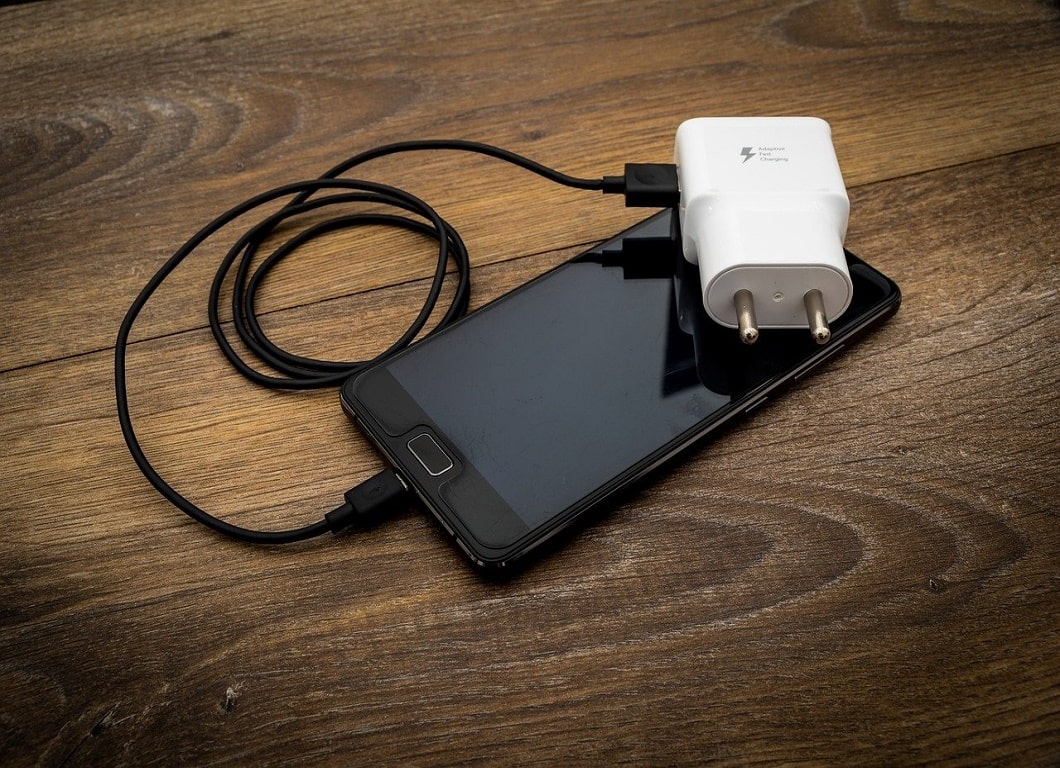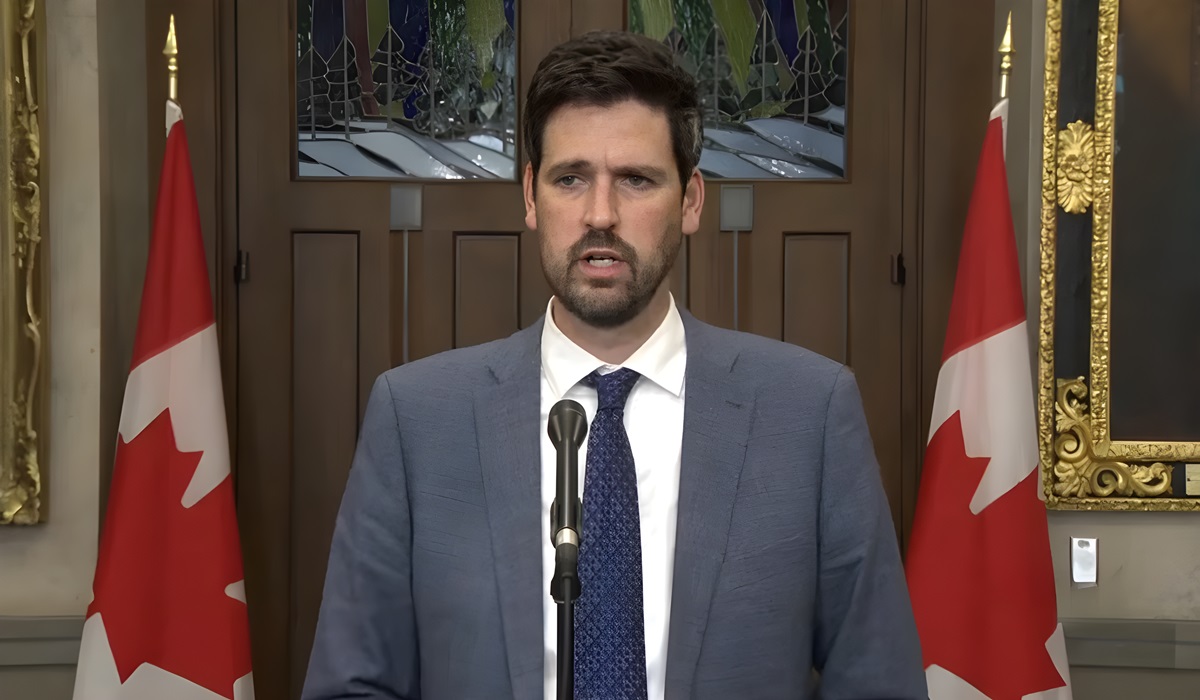Pulling the plug on consumer frustration and e-waste: Commission proposes a common charger for electronic devices.
Today, the EU Commission takes an important step against e-waste and consumer inconvenience, caused by the prevalence of different, incompatible chargers for electronic devices. Years of working with the industry on a voluntary approach already brought down the number of mobile phone chargers from 30 to 3 within the last decade, but could not deliver a complete solution. The Commission is now putting forward legislation to establish a common charging solution for all relevant devices.
With today’s proposal for a revised Radio Equipment Directive, the charging port and fast charging technology will be harmonised: USB-C will become the standard port for all smartphones, tablets, cameras, headphones, portable speakers and handheld videogames consoles. In addition, the Commission proposes to unbundle the sale of chargers from the sale of electronic devices. This will improve consumers’ convenience and reduce the environmental footprint associated with the production and disposal of chargers, thereby supporting the green and digital transitions.
Margrethe Vestager, Executive Vice-President for a Europe fit for the Digital Age, said: “European consumers were frustrated long enough about incompatible chargers piling up in their drawers. We gave industry plenty of time to come up with their own solutions, now time is ripe for legislative action for a common charger. This is an important win for our consumers and environment and in line with our green and digital ambitions.”
Commissioner Thierry Breton, responsible for the Internal Market, said: “Chargers power all our most essential electronic devices. With more and more devices, more and more chargers are sold that are not interchangeable or not necessary. We are putting an end to that. With our proposal, European consumers will be able to use a single charger for all their portable electronics – an important step to increase convenience and reduce waste.”
Today, the Commission is proposing:
- A harmonised charging port for electronic devices: USB-C will be the common port. This will allow consumers to charge their devices with the same USB-C charger, regardless of the device brand.
- Harmonised fast charging technology will help prevent that different producers unjustifiably limit the charging speed and will help to ensure that charging speed is the same when using any compatible charger for a device.
- Unbundling the sale of a charger from the sale of the electronic device: consumers will be able to purchase a new electronic device without a new charger.
- Improved information for consumers: This will make it easier for consumers to see if their existing chargers meet the requirements of their new device or help them to select a compatible charger. Combined with the other measures, this would help consumers limit the number of new chargers purchased and help them save €250 million a year on unnecessary charger purchases.
The revision of the Radio Equipment Directive is part the Commission’s broader action to address the sustainability of products, in particular electronics on the EU market, which will be the focus of a forthcoming proposal on sustainable products.
Next Steps
Today’s proposal for a revised Radio Equipment Directive will now need to be adopted by the European Parliament and the Council by ordinary legislative procedure (co-decision). A transition period of 24 months from the date of adoption will give industry ample time to adapt before the entry into application.
To ultimately have a common charger, full interoperability is required on both sides of the cable: the electronic device and the external power supply. The interoperability on the device end, which is by far the bigger challenge, will be achieved by today’s proposal. The interoperability of the external power supply will be addressed by the review of the Commission’s Ecodesign Regulation. This will be launched later this year so that its entry into force can be aligned with today’s proposal.
In 2020, approximately 420 million mobile phones and other portable electronic devices were sold in the EU. On average, consumers own around three mobile phone chargers, of which they use two on a regular basis. Despite this, 38% of consumers report having experienced problems at least once that they could not charge their mobile phone because available chargers were incompatible. The situation is not only inconvenient but also costly for consumers, who spend approximately €2.4 billion annually on standalone chargers that do not come with electronic devices. In addition, disposed of and unused chargers are estimated to pile up to 11,000 tonnes of e-waste every year.
To address the challenges for consumers as well as the environment, the Commission has supported a common charging solution for mobile phones and similar electronic devices since 2009. The Commission first facilitated a voluntary agreement by the industry in 2009 that resulted in the adoption of the first Memorandum of Understanding (MoU) and led to reducing the number of existing charging solutions for mobile phones on the market from 30 to 3. Following the Memorandum’s expiration in 2014, a new proposal by industry presented in March 2018 was not considered satisfactory in delivering a common charging solution or meeting the need for improved consumer convenience and e-waste reduction.









